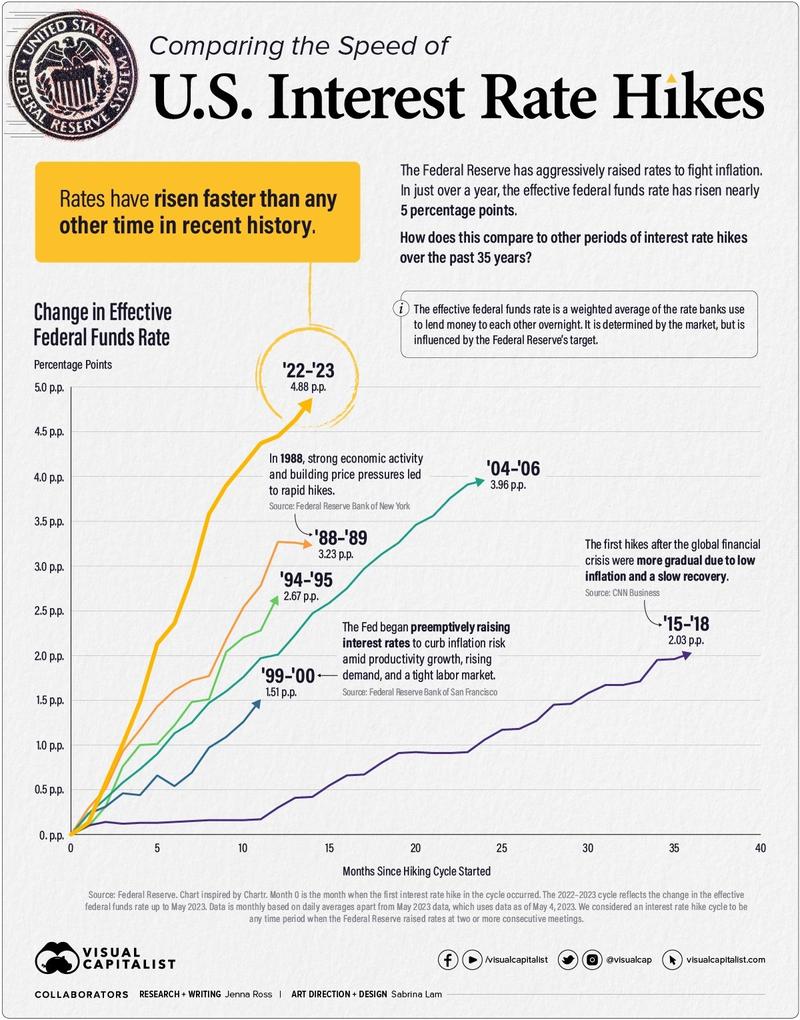The Negative Interest Rate Policy: An Examination of Its Effects and Challenges
 summary:
The Negative Interest Rate Policy: Examination reveals its impact on economic growth, infl...
summary:
The Negative Interest Rate Policy: Examination reveals its impact on economic growth, infl... The Negative Interest Rate Policy: Examination reveals its impact on economic growth, inflation, and financial markets. However, it also faces challenges like reduced bank profits, increased risks, and potential impact on financial stability.
In recent years, the negative interest rate policy (NIRP) has become a prominent tool used by central banks to stimulate economic growth and combat deflation. This policy involves reducing the interest rates on deposits and loans to below zero, aiming to encourage spending and investment, thereby boosting economic activity. However, NIRP also brings about its own challenges and side effects that need to be carefully managed.
What is a Negative Interest Rate Policy?
A negative interest rate policy involves setting the official interest rate on deposits and loans at a level below zero. Central banks typically implement NIRP to encourage banks to lend more money, stimulate investment, and encourage consumers to spend more. By reducing the cost of borrowing, NIRP aims to boost economic activity and encourage inflation.
Effects of Negative Interest Rate Policy
1、Stimulating Economic Growth: NIRP can encourage banks to lend more, which can lead to increased investment and spending, thereby boosting economic growth. By reducing the cost of borrowing, it makes investment more profitable, encouraging businesses to expand and hire more people.
2、Combating Deflation: When faced with deflationary pressures, NIRP can help to stabilize prices by encouraging spending and investment, which can prevent prices from falling further.
3、Increasing Financial Risks: NIRP can encourage financial institutions to take on more risks in search of higher returns. This can lead to increased financial instability and potentially destabilize the financial system.
4、Reducing Savings Value: With NIRP, the value of savings accounts can decrease as the interest earned becomes negative. This can encourage people to seek other investments that offer higher returns, potentially leading to capital market distortions.
5、Impact on Banking Sector: NIRP can hurt banks' profitability as they earn less on their deposits and face increased risks in lending due to lower interest rates. This can affect the overall health of the banking sector and potentially lead to reduced lending activity.
Challenges of Implementing Negative Interest Rate Policy
1、Limited Effectiveness: While NIRP can help stimulate economic growth, its effectiveness is limited. At some point, further reductions in interest rates may not lead to additional economic growth or inflation due to factors such as structural problems or lack of demand for loans.
2、Side Effects on Other Policies: NIRP can have an impact on other fiscal policies such as tax policy or government spending, potentially affecting the overall effectiveness of these policies. For instance, if the government increases spending to offset the effects of NIRP, it could potentially increase public debt and create other financial problems.
3、Political Risks: Implementing NIRP can also create political risks as it may be seen as a way for the government to interfere with market mechanisms or favor certain sectors. This can lead to political opposition and create instability in the long run.
4、International Spillover Effects: NIRP can have spillover effects on other countries, particularly in the same currency union or region. If one country implements NIRP while others do not, it can create capital flows towards the country implementing NIRP, potentially causing imbalances in the global economy.
Conclusion
The negative interest rate policy is a controversial tool used by central banks to stimulate economic growth and combat deflationary pressures. While it has its benefits in terms of encouraging spending and investment, it also brings about its own challenges and side effects that need to be carefully managed. The effectiveness of NIRP is limited, and it should be used as part of a broader strategy that includes structural reforms and fiscal policies to ensure sustainable economic growth and stability.

